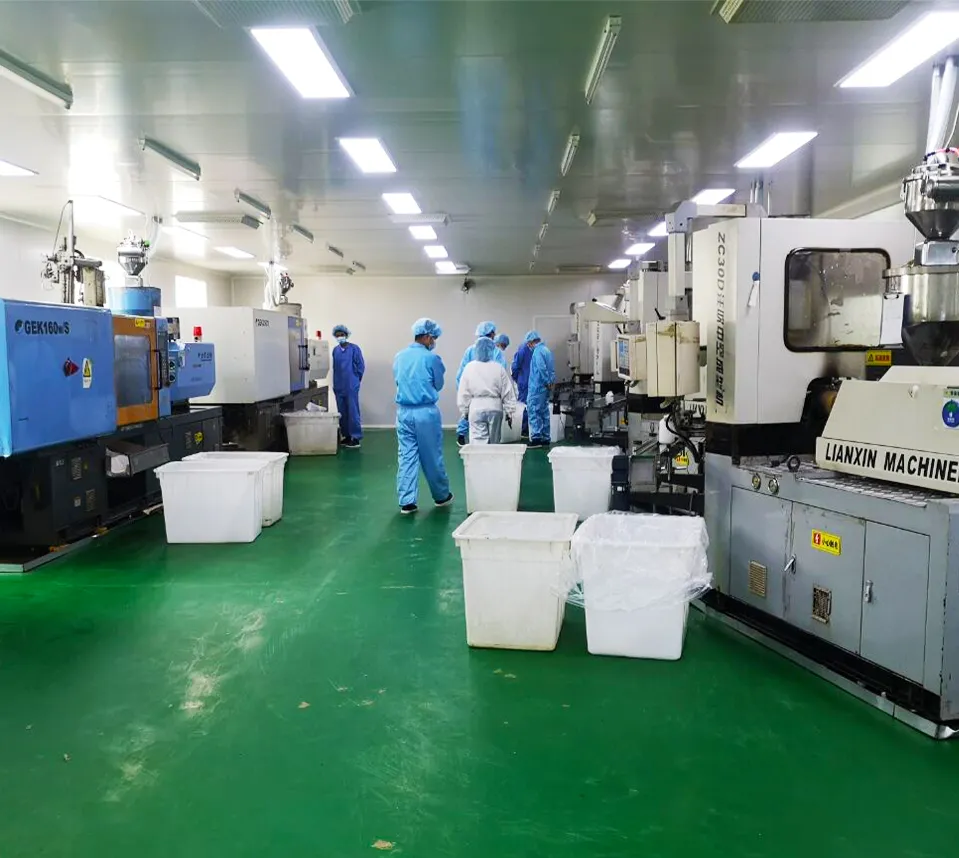Urine Centrifugation Techniques for Enhanced Diagnostic Accuracy in Clinical Laboratories
The Importance of Urine Centrifuge in Clinical Diagnostics
Urine analysis is a critical component of clinical diagnostics, widely utilized to assess kidney function, detect metabolic disorders, and diagnose various diseases. One of the essential tools in urine analysis is the centrifuge, a device that separates components of urine based on their density through rapid spinning. The process of urine centrifugation enriches specific components, making it easier to obtain accurate results in diagnostic testing.
When urine is collected, it contains a mixture of cellular elements, proteins, crystals, and other solutes. Without centrifugation, these components would remain suspended, leading to inconsistent and unreliable results. Centrifugation allows for the separation of urine into its solid and liquid components the sediment and the supernatant. The sediment consists of cells (such as red blood cells, white blood cells, and epithelial cells), crystals, and bacteria, while the supernatant contains dissolved substances such as electrolytes, proteins, and metabolic byproducts.
The process of urine centrifugation typically involves several steps. First, a fresh urine sample is collected in a sterile container. It is crucial that the urine is tested as soon as possible after collection to avoid changes in its composition, such as bacterial growth or degradation of cellular elements. Depending on the specific tests required, the urine may then be mixed, and a predetermined volume is placed into a centrifuge tube.
Next, the tube is loaded into the centrifuge, where it is spun at high speeds for a set period, generally between five to ten minutes. This spinning action generates a strong centrifugal force, which causes denser particles to move toward the bottom of the tube, forming a pellet. After centrifugation, the tube is carefully removed, and the supernatant is decanted, leaving the sediment for further analysis.
urine centrifuge

The examination of the sediment is a vital aspect of urine analysis. A trained laboratory technician or clinician will look for the presence of abnormal cells, crystals, or bacteria that may indicate specific health issues. For instance, the presence of red blood cells (hematuria) can signal kidney stones, urinary tract infections, or trauma. Elevated white blood cells may indicate infection or inflammation, while the presence of crystals could suggest metabolic issues leading to kidney stones.
Moreover, the supernatant can be further analyzed for various biochemical markers. Techniques like spectrophotometry or immunoassays can be employed to measure levels of proteins, glucose, and electrolytes, providing additional insights into the patient’s health. For example, high levels of protein in the urine may indicate kidney dysfunction or diseases like nephrotic syndrome.
In recent years, advancements in urine centrifuge technology have improved the efficiency and accuracy of urine analysis. Modern centrifuges are designed with enhanced speed control, built-in safety features, and advanced digital displays that facilitate precise operation. These innovations not only streamline the processing of urine samples but also enhance the reliability of diagnostic results.
In conclusion, urine centrifuge is a fundamental tool in clinical laboratories that significantly enhances the diagnostic capabilities of urine analysis. By allowing for the effective separation of urine components, centrifugation plays a crucial role in identifying health issues and guiding treatment decisions. As technology progresses, continuous improvements in urine analysis techniques will further enhance our ability to detect and manage various medical conditions, underscoring the importance of urine centrifugation in modern healthcare.
-
Aesthetic Makeup Spray Bottles | Fine Mist Empty RefillableNewsAug.19,2025
-
White Plastic Veterinary Vaccine Vials | Lab Liquid BottlesNewsAug.18,2025
-
Plastic Medicine Liquid Bottle: Secure Flip Top Drug VialsNewsAug.17,2025
-
Durable 250ml Blue Plastic Vaccine Vial for Lab & Vet UseNewsAug.16,2025
-
Sterile Virus Sample Tubes: Secure & Reliable Specimen CollectionNewsAug.15,2025
-
White 250ml Plastic Vaccine Vial for Lab & Vet MedicineNewsAug.14,2025
























